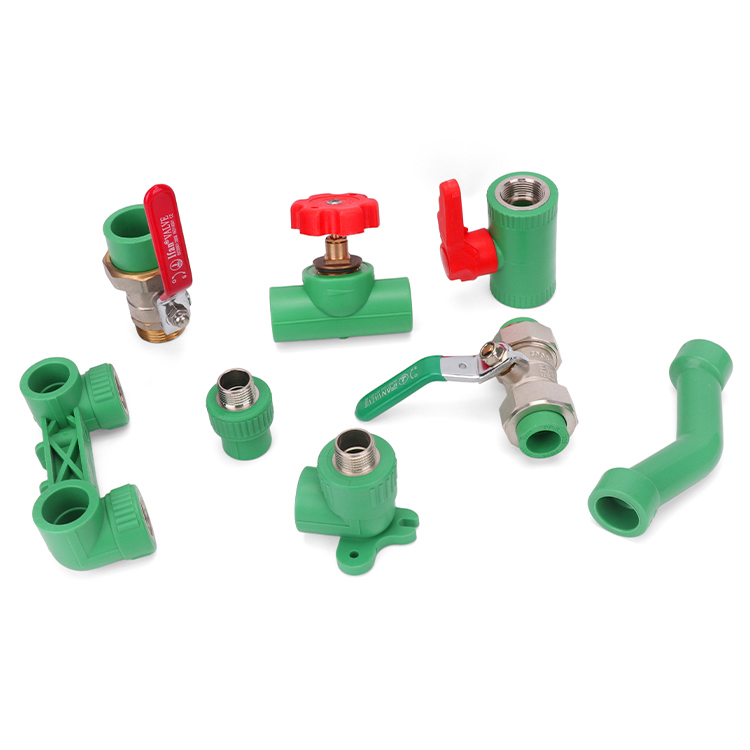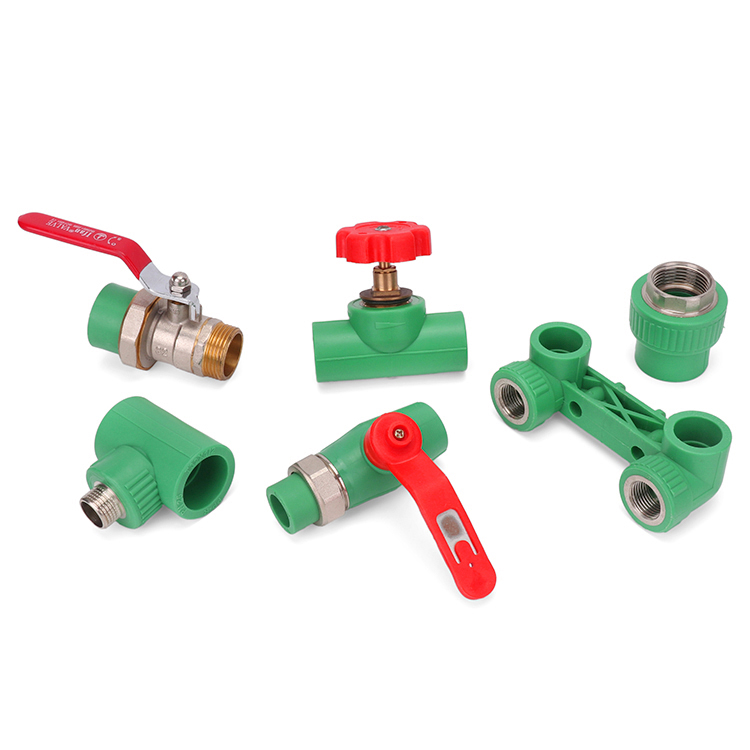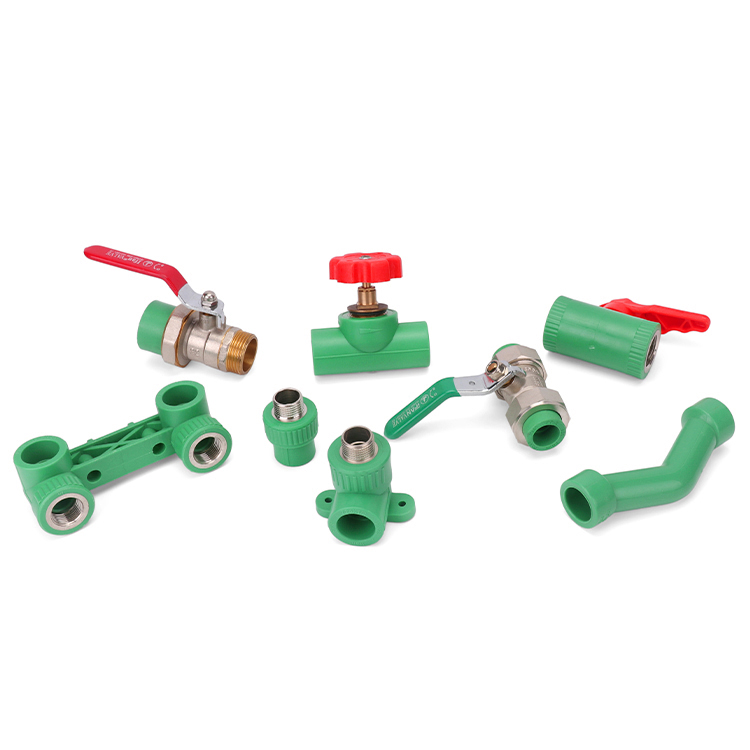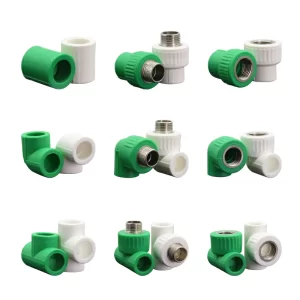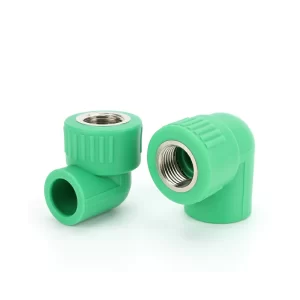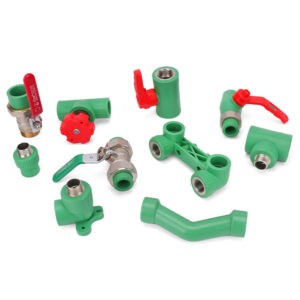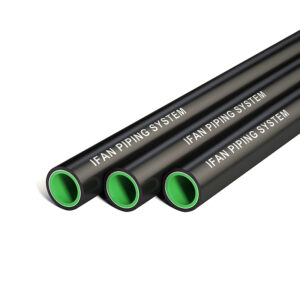Description
PPR (Polypropylene Random) fittings are an integral part of modern plumbing systems, offering numerous benefits over traditional piping materials. In this comprehensive guide, we delve into the latest advancements, unique properties, and applications of PPR fittings.
I. Introduction to PPR Fittings
PPR fittings are connectors designed to join PPR pipes, creating a seamless and leak-free system. They are made from the same polypropylene random (PPR) material as the pipes, ensuring compatibility and durability.
II. Unique Properties of PPR Fittings
PPR fittings stand out due to their unique properties:
- Excellent Chemical Resistance: PPR fittings are resistant to most chemicals, making them suitable for a wide range of applications.
- High Temperature Resistance: They can withstand temperatures up to 95°C (203°F) for hot water systems and even higher for industrial applications.
- Lightweight and Flexible: Compared to metal fittings, PPR fittings are significantly lighter and more flexible, reducing installation costs and labor.
- Easy to Install and Maintain: With simple hot-melt welding techniques, PPR fittings can be installed quickly and easily.
III. Latest Advancements in PPR Fitting Technology
Recent advancements in PPR fitting technology have improved their performance and reliability:
- Enhanced Connection Methods: New welding techniques and fittings with improved sealing mechanisms ensure stronger and more secure connections.
- Smart Fittings: The integration of sensors and smart technology in PPR fittings allows for remote monitoring, leak detection, and predictive maintenance.
- Sustainable Materials: Manufacturers are increasingly using recycled polypropylene to produce PPR fittings, reducing the environmental impact.
IV. Applications of PPR Fittings
PPR fittings find widespread applications in various industries:
- Residential Plumbing: Used in water supply lines, drainage systems, and heating/cooling systems in homes and apartments.
- Commercial Buildings: For water distribution, air conditioning, and fire protection systems in offices, hospitals, and other commercial spaces.
- Industrial Applications: Used in chemical processing, pharmaceutical manufacturing, and other industries requiring high-performance piping systems.
V. Future Prospects
With their unique properties and constant technological advancements, PPR fittings are poised to play an even more significant role in the future of plumbing. Expect to see more innovations in material science, connection methods, and smart technology integration, further enhancing the performance and reliability of PPR fittings.
In conclusion, PPR fittings are a reliable and cost-effective solution for modern plumbing systems. Their unique properties, latest advancements, and wide range of applications make them a valuable addition to any plumbing project.
Related products


